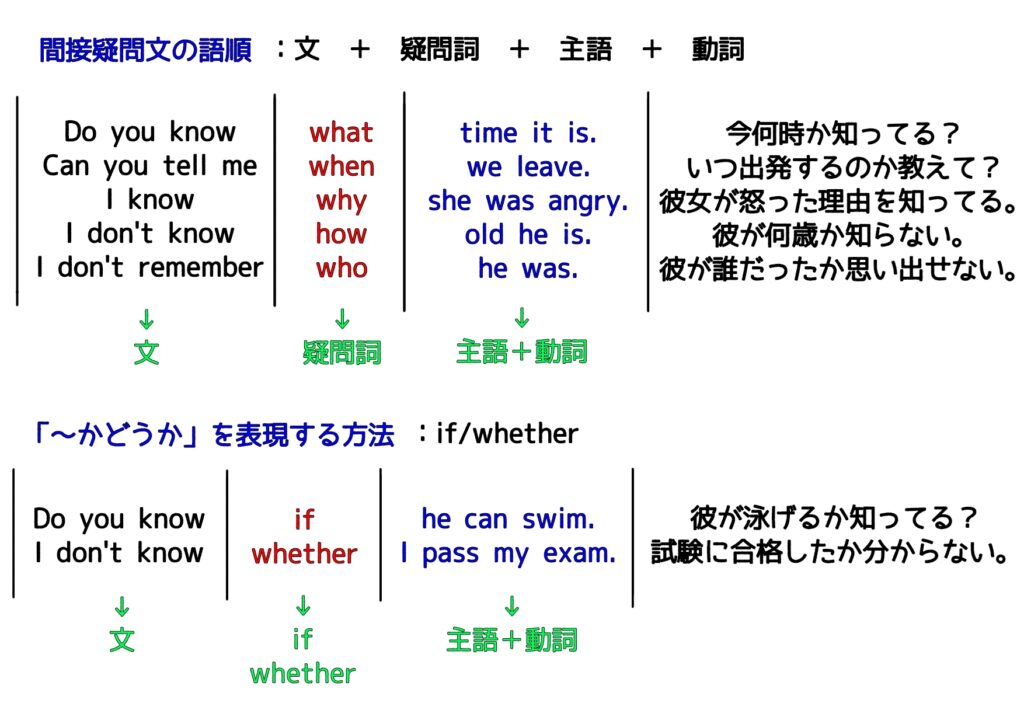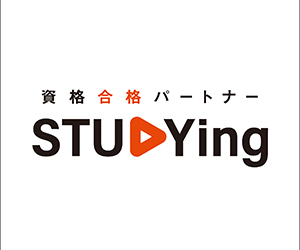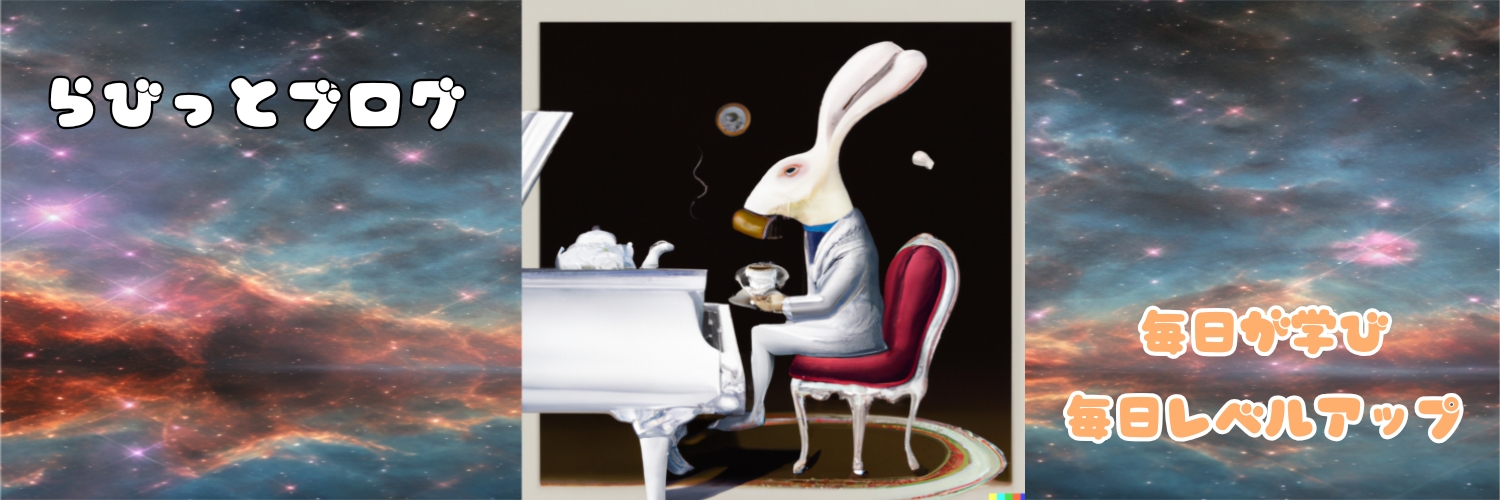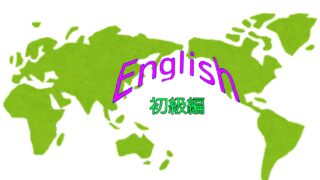第34回:間接疑問文の応用編

間接疑問文とは何か。を含めて確認してみましょう。
Q. この記事で、一番大事なことって何?
A. 大事なことを、1枚の画像にまとめました。

いちいちノートにまとめるのが面倒だという方、また、
ノートにまとめることが苦手だという方は、ご活用ください。

[広告]
確かな英語力は、日々の継続から。
その継続を後押しする、第二言語習得理論に基づいた
オンライン英語学習プログラムがあります。
英語を使う人のための、確実なスキルアップが望める
7日間の無料体験はこちらから!

Q. 間接疑問文とは?
A. 質問の内容を文の中で間接的に尋ねる文のことです。
基本的には、「Do you know」や「I know」の後で、疑問詞を使い、主語+動詞の語順を続ける文のことを言います。
今回は、そんな間接疑問文について、応用的な使い方を確認したいと思います。
動詞+wh-clause の形の文
wh-clauseとは、wh-word(how, what, when, where, which, who, or why)で始まる節のことです。例えば、「That might explain why he’s unhappy.」、「I couldn’t decide which train to catch.」、「Let’s consider how we can solve the problem.」などが挙げられます。
「動詞+wh-節」の形を作ることの出来る動詞には、arrange, calculate, check, choose, debate, determine, discover, discuss, establish, find out, forget, guess, imagine, know, learn, notice, plan, realise, remember, say, see, talk about, think (about), understand, wonder があり、これらの動詞の多くは、that-clauseやto + 動詞の原形を使うこともできます。
Wh節内で、主語を使う場合には、「to + 動詞の原形」の形は使えないので注意が必要です。
また、一部の動詞はwh-clauseの前に必ず目的語を持ちます。例えば、「She reminded me what (I had) to do.」、「I told Linda how to get to my house.」などです。これらの動詞には、askやshowなども含まれます。(+α:advise, inform, instruct, teach, warn)
whether の使用
wh-clauseには、whetherを使って選択肢を示すこともできます。whetherは、ifと同様の意味として使用されます。「He couldn’t remember whether / if he had turned the computer off.」、「You have 14 days to decide whether to keep it or not.」などが例です。また、chooseやconsiderなどの一部の動詞は、whether + to-infinitiveを使用して二つ以上の選択肢について話します。
具体例
- Verb + wh-clause:
- Example 1: “I couldn’t decide which movie to watch tonight.”
- Example 2: “Let’s consider how we can improve our sales numbers this quarter.”
- Example 3: “She forgot where she left her keys.”
- Some verbs must have an object before the wh-clause:
- Example 1: “She reminded me what time the meeting starts.”
- Example 2: “I told him how to cook the pasta al dente.”
- Example 3: “He warned us where not to park our cars.”
- We can use “the way” instead of “how”:
- Example 1: “Can you show me the way to the nearest gas station?”
- Example 2: “I like the way she sings that song.”
- Whether:
- Example 1: “I’m not sure whether I should apply for the job or not.”
- Example 2: “She is considering whether to move to a bigger house or not.”
- Example 3: “I wonder whether it’s going to rain tomorrow.”
- Note the difference between these sentences:
- Example 1: “I didn’t know whether he was telling the truth.” (suggests a doubt about the truthfulness)
- Example 2: “I didn’t know that he was sick.” (suggests a lack of knowledge)
- In rather formal contexts, we can use “as to” before a wh-clause:
- Example: “There was some disagreement as to whether the new policy would be beneficial for the company.”
[広告]
TOEICのスコアを上げたいけれど、
まとまった勉強時間が取れなくて困っている…
なら、細かいスキマの時間を使いながら、
少しずつスキルを積み重ねてみてはどうでしょう。
スマホ1つでスコアアップが出来る、
オンライン講座のリンクはこちらから。

Q. この文法はどうやって使うのでしょうか?
A. 今回の文法を活用した会話文を見てみましょう。

Do you remember how to play chess?
(チェスのやり方覚えてる?)

No, I’ve never learned. Could you teach me how?
(いや、学んだことがないんだ。教えてくれる?)

Sure, I can show you how to play and also explain the rules.
(いいよ、遊び方を教えて、ルールも説明するよ。)

Great, thanks! Should we play now or later?
(やった、ありがとう!今すぐやる?それとも後で?)

It’s up to you. We have time, so we can decide whether to play now or later.
(どっちでもいいよ。時間はあるから、今すぐやるか、後でやるかを決めよう。)
[広告]
ロゼッタストーン・ラーニングセンターで、最先端の教育制度を活用して英語を学びませんか?私たちは個々の学習ペースに合わせてeラーニングと対面教育を組み合わせ、柔軟な学習環境を提供しています。自宅でのeラーニングと対面教育のメリットを最大限に活かし、あなたの英語学習をサポートします。最新のテクノロジーと個別の指導が組み合わさった当センターで、自由な学習スタイルを体験してみませんか?英語学習を楽しく効果的に進めるための環境がここにあります。新たな一歩を踏み出して、新しい英語学習の旅に参加しましょう!

Q. この記事の要点は?
A. 間接疑問文の活用方法を確認しました。
- 副詞節を導くwh-語句(how, what, when, where, which, who, or why)またはthat節を後ろにつける動詞がある。
- ほとんどの動詞は、wh-節 + to不定詞を後ろにつけることができる。
- 一部の動詞は、wh-節の前に目的語が必要となる。
- “the way”は、道筋または手段を指す”how”の代わりによく使われる。
- “whether”は、選択肢を示すためにwh-語句として使用できる。”if”と似た意味を持つ。
- いくつかの動詞は、whether + to不定詞で、2つ以上の可能性から選択することについて話すことができる。
- whetherとthat節の文の違いに注意する。
- フォーマルな文脈では、wh-節の前に”as to”を使用することができ、最も一般的にwhetherの前に用いられる。
英会話を始めてみたいけれど、どのサービスが良いか分からない…
そんな方は、まず、この記事で3つのサービスを比べてみてはいかがでしょうか?
英語力を効率良く伸ばすことができるサービス3選です。

次回の文法解説は?
間接話法の時制を整える
この記事を作る際に参考にした文法の解説書になります。
すべて英語で書かれていますが、練習問題が付いてます。
イギリス英語なので、スペル等の表記が異なる部分もありますが、
「使い方を練習したい」「繰り返し問題を解きたい」
という方は、使ってみても良いかもしれません。

関連記事一覧
他の文法解説記事を検索できます。







-320x180.jpg)





コメント